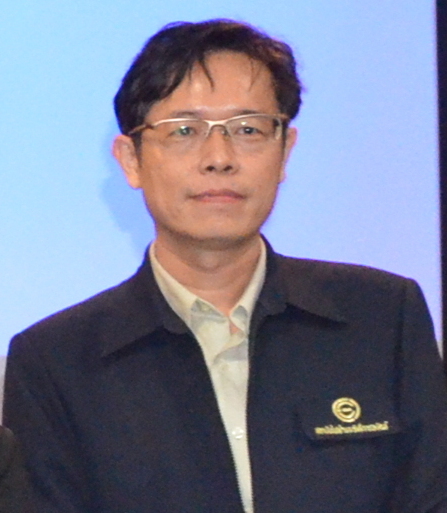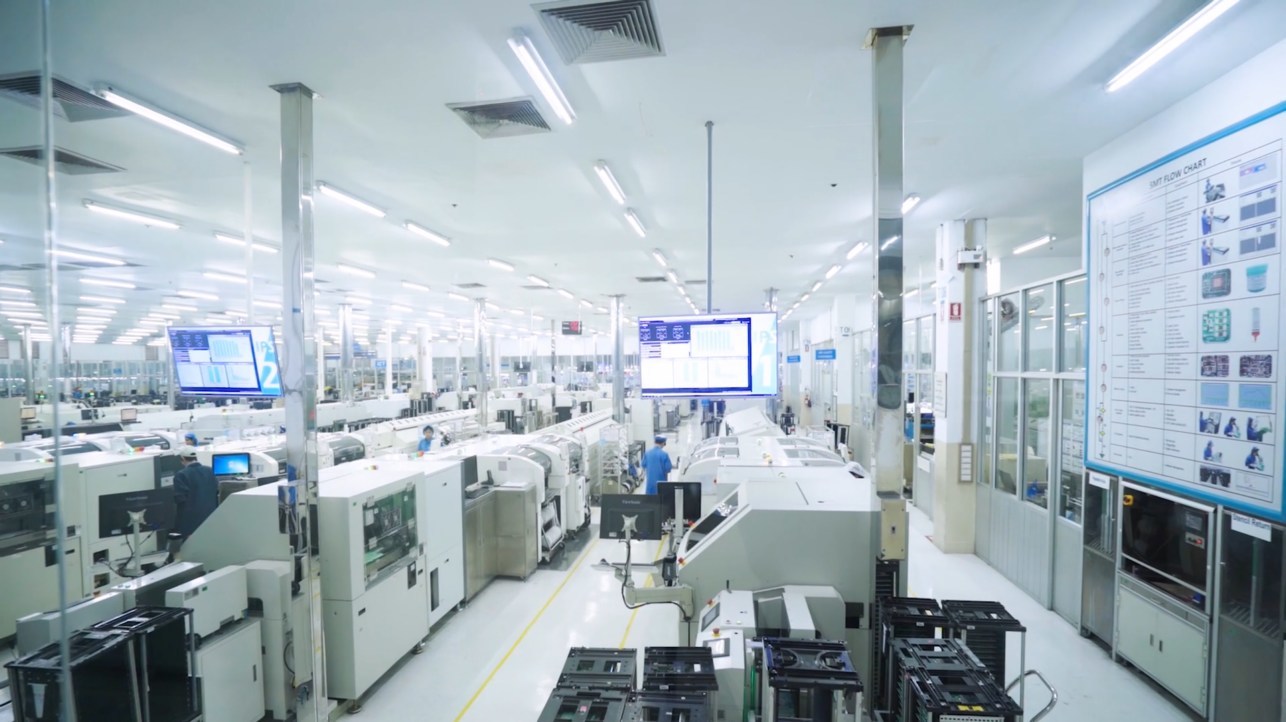By: Kathryn Gerardino-Elagio
 The electrical and electronics (E&E) industry in Thailand has thrived and expanded continuously for decades. In spite of the the COVID-19 pandemic and the US-China trade friction, many investors still see the region’s resilient electronics and electrical (E&E) industry as haven.
The electrical and electronics (E&E) industry in Thailand has thrived and expanded continuously for decades. In spite of the the COVID-19 pandemic and the US-China trade friction, many investors still see the region’s resilient electronics and electrical (E&E) industry as haven.
International Metalworking News for Asia spoke to Mr. Niwat Phansilpakom, Asst. Vice President, Industrial Foundation Electrical and Electronics Institute (EEI) during the expert interview session of Ringier Trade Media's Virtual ASEAN Electronics Manufacturing Event.
According to Mr. Phansilpakom, Thailand’s E&E supply chain consists of some 2,500 companies and 800,000 employees ranging from researchers with doctoral degrees to vocationally trained technicians and experienced assembly line workers.
Thailand 4.0
Thailand is embracing an innovation-driven strategy known as Thailand 4.0. This bold vision involves forming a regional hub for futuristic industries, including medical devices, electric vehicles, robotics, and automation. At its heart is the technological transformation of one of Thailand's long-established core industries, electrical and electronics, into what is today termed Smart E&E and the emergence of the so-called Internet of Things (IOT).
Mr. Phansilpakom said that the Thailand 4.0 policy has highlighted opportunities and investment trends in 10-targeted industries, divided into two broad categories. The first 5 S-Curve industries consists of next-generation automotive, intelligent electronics, advance agriculture and biotechnology, food processing and tourism aims to enhance the competitiveness of the country current strengths through technology innovation.
He added, "Our government established the new S-curve industries to enhance Thailand’s competitive advantage with advanced digital technology transformation. The 5 New S-Curve industries include digital, robotics and automation, aviation and logistics, biofuels and biochemical and medical hub aims to develop five additional industries to accelerate on the new industrial base growth."
Mr. Phansilpakom mentioned that the government has realised the importance of IoT in transforming the country and been making tremendous support for IoT adoptions and foreign investments in related industries.
Pain points electronics OEMs experiencing
Mr. Phansilpakom explained that mass customisation is the new trend now. Many OEM customers request mix model manufacturing. However, from his experience not many companies agree with this.
"They want to make mass production but they cannot apply for the flexible manufacturing. Here in EEI, we must support and help any type of manufacturing, even flexible manufacturing. Therefore, we have set up some a small production line for electronics manufacturing. Here, we can make small lots to support this and they can can go through the big ones for the huge huge amount of manufacturing," he added.
Small and medium-sized enterprises
Small and medium-sized enterprises (SMEs) lead the business landscape in Thailand. However, they face intense competition from other SMEs (Vietnam or Cambodia) in low labour cost, low value-add production locations in the region, yet they also are unable to transit into innovative, high-value activities.
"Many SMEs are still at 0.5-2.5 industry and we try to push these SMEs to upgrade and invest in automation. The Thailand Board of Investment (BOI) has many schemes to support the deduction of the the company incentive tax, so they can invest in robotic automation. This will be verified by BOI and they can apply for the tax," Mr. Phansilpakom remarked.
He added, "Another government policy we have is EEC (Eastern Economic Corridors) this is the Eastern part of Thailand, consisting of three provinces. If you invest in some activity related to Industry 4.0, you will get some tax incentive. The government also has a free of charge for trainings on the system integrator like robotics vision inspection or some free option."
SMEs in Thailand must see themselves as technology-embracing companies. They must leverage technologies such as cloud and artificial intelligence for survival and success. Regardless of industry or vertical, all businesses will need to understand the impact of these technologies.
While some businesses may see technology as a threat, those that can seize the opportunities and understand how technology can open up new sources of information and enable brand new avenues of growth, will come out ahead of their competitors.
Thailand's fast evolving E&E sector
Thailand's E&E sector has burgeoned into a global powerhouse and is the world's second largest exporter of computer hard disc drives, air conditioners, and washing machines, according to GSB Research, a unit of Thailand's largest state-owned bank.
Thailand's attraction for E&E investors stems from its formidable array of advantages. In addition to the strong supply chain and skilled human resources, Thailand's geographical location at the crossroads of a region of 3.4 billion inhabitants – half the world’s population – has enabled it to become one of the world’s top exporters.
Investors also benefit from privileges offered by the BOI. E&E companies focused on innovation and research and development can receive tax breaks of up to eight years and other incentives such as renewable smart visas of up to four years for international talent and investors in key sectors such as smart electronics, as well as their families. The BOI also supports companies by helping establish industrial linkage, sourcing of local suppliers and business matching.

Conclusion
The electrical and electronics industry has not only played an important role in Thailand's economy as a main growth driver, but has also made Thailand as South East Asia's electrical and electronics manufacturing hub. The government recognises the crucial role the electrical and electronics industry continue to play in Thailand's economic development that's why it offers attractive investment incentives to draw major global players in the electrical and electronics industry.

 iConnectHub
iConnectHub
 Login/Register
Login/Register Supplier Login
Supplier Login


























